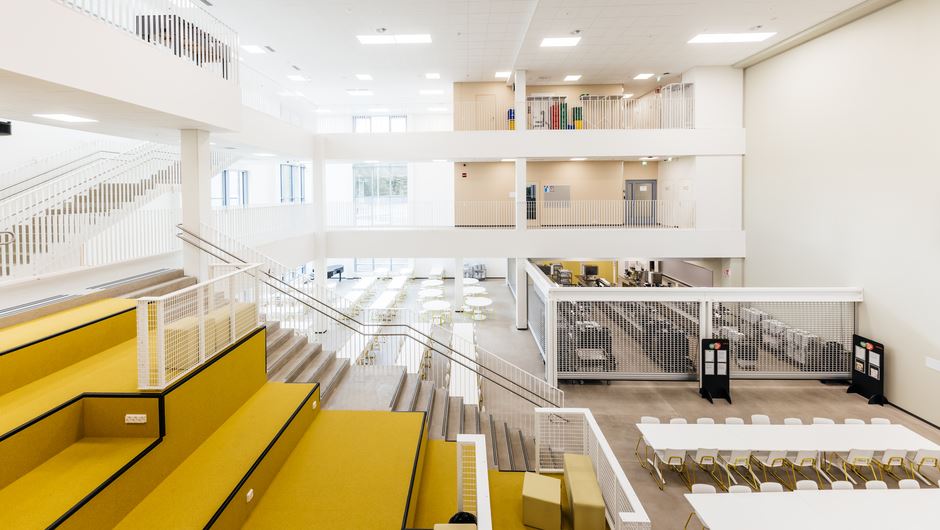Services
Public Private Partnership (PPP) model

PPP model: a procurement model for large projects
In the PPP model, the customer knows the costs for the entire duration of the contract period. Open cooperation and continuous dialogue are neccessary for a successful project.
Public Private Partnership (PPP) is a model for large projects in which the public sector collaborates with a private company under a service agreement. In this model, the private company carries out the planning, design and construction using financing that it obtains itself. The company’s responsibility covers, in addition to procurement, the maintenance of the site for the duration of the service period.
Today, municipalities and other public sector entities can implement projects through a PPP model that includes financing. The model is suitable for projects that require quick implementation, long-term financing and continuous maintenance, such as schools, hospitals, day-care centres, swimming pools and roads.
After design and construction, a long maintenance period begins, during which the service provider is responsible for the condition and availability of the site. The duration of the contract is typically between 15 and 30 years, depending on the nature of the project.
In a PPP project, the parties sign a service agreement that defines the terms and conditions of service production, including provisions concerning the liabilities and responsibilities of the service provider and the customer. The contract also covers provisions on procedures, quality, changes, etc.
Benefits of the PPP model include:
- Quick implementation of the construction phase
- An atmosphere that promotes innovation
- Financing provided by the project company
- The costs to the customer/user are spread over a long period of time
- Continuous responsible maintenance guaranteed to the buyer
The service provider will be a separate project company (Special Purpose Vehicle, SPV) set up for the project, which will provide the funding. Equity for the project company typically comes from the contractor and from a venture capitalist, while debt comes from publicly owned lenders.
The successful implementation of a PPP project requires continuous partnership and dialogue between the project parties. These are maintained through open cooperation, clear shared goals and needs, familiar and proven resources and ways of working, transparency and making all decisions with the project’s best interests in mind.
We will be more than happy to tell you more. You can also download our project model guide for additional information on the PPP model.